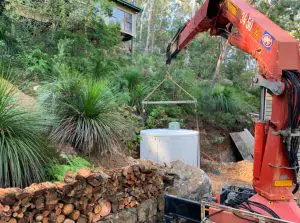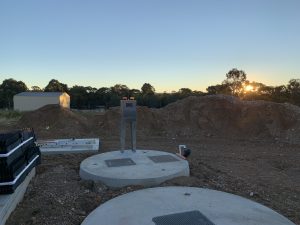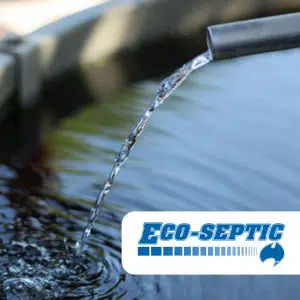How Do Grey Water Recycling Systems Work?
Are you looking to cut down on your mains water consumption, save money on your household bills and reduce your negative impact on the environment? If so, installing a greywater recycling system in your home could be the answer. So, what are greywater recycling systems and how do they work?
What is greywater?
Grey water is a term used to describe the wastewater produced by sinks, dishwashers, washing machines, showers and baths, which makes up approximately 50% of the wastewater from the average home.
Unlike blackwater (water that makes contact with human waste), greywater is much easier to recycle and treat, because it does not contain faecal matter that could carry harmful pathogens, disease and bacteria.
What are the benefits of recycling greywater?

With proper treatment, recycled greywater can be put to practical use. Greywater can be used for irrigating food and non-food producing plants, and for toilet flushing and laundry. The nutrients that can be obtained from greywater (e.g. nitrogen and phosphorus) can be used as an excellent food source for a variety of plant species.
It is essential to work with an experienced wastewater treatment specialist when installing your greywater recycling system, because if the greywater is not treated properly, the groundwater could be contaminated, which could cause serious harm to plant and animal life in your local area.
How do greywater recycling systems work?
During the recycling process, greywater from showers, baths and basins is piped directly into a surge tank. The water is held in this tank briefly before being discharged to a treatment or irrigation system by using a pump, or by using a gravitational system.
The greywater first passes through a coarse filter to remove any large particles of dirt or hair, before entering an aerobic treatment buffer tank. The water is aerated in this tank before passing through a BMT membrane and flowing into a clear water storage tank. Once the water has reached this tank, it is then pumped into various appliances when required, but if there is no grey water available, mains water will be used instead.
Contact our experts
If you’re looking to install a wastewater treatment system in your home to reduce your household bills and save the planet, don’t hesitate to contact us at Eco-Septic today. Our friendly team of experts will be happy to answer any questions and provide you with a quote.
Eco-Septic is a Sydney based manufacturer and specialises in commercial wastewater systems of various shapes and designs. We can provide fast and free quotes relevant to your commercial wastewater needs, all while keeping in mind individual spending capabilities.
Contact us today for a fast quote at 1800 808 135 or visit us at www.ecoseptic.com.au.
We cover all Sydney suburbs as well as the regions of South Coast, Snowy Mountains, Southern Highlands, Riverina, Blue Mountains and Hawkesbury, Laguna, North and Mid North Coast, Bateman’s Bay, Nowra, Mallacoota, Narooma, Balmora, Cobargo, Glenn Ines, Avondale, Glenmore, Mogo, Tarago, Torrumbarry, Albury, Faulconbridge, Maraylya, Sherbrooke, Strathdickie, Little Hartley, Linden, cattail, Bowen Mountain, Murwillumbah, Kyogle, Bryon Bay, Lismore, Evan Heads, Yamba, Grafton and the surrounding areas.
Related Posts
- What is a AWTS?
- Concrete septic tanks for new home owners
- Septic Tank Regulations in Sydney: What Homeowners Need to Know
- How Does a Domestic Sewage Treatment Plant Work?
- What are the advantages of wastewater treatment systems?
- Revitalize Your AWTS for the New Year: A Comprehensive Guide to Yearly Servicing
- Secrets to keeping an Odor Free Septic System
- What To Consider When Looking At A Small Septic Tank For One Toilet





